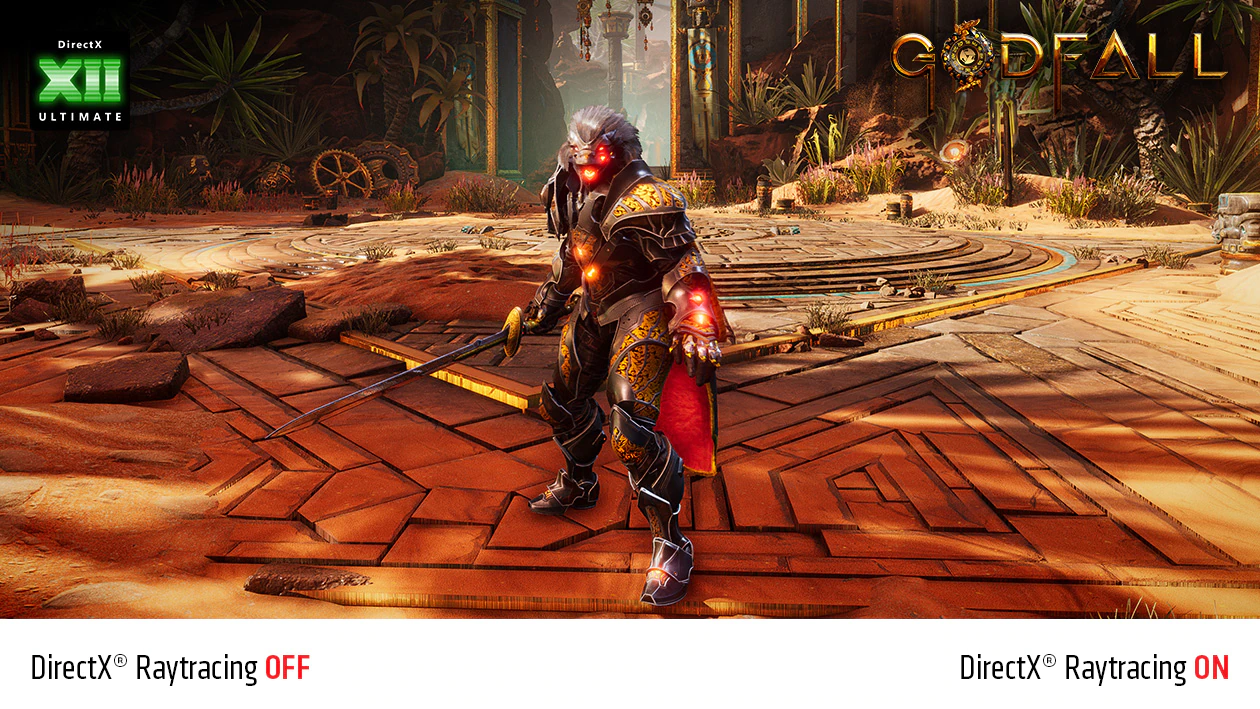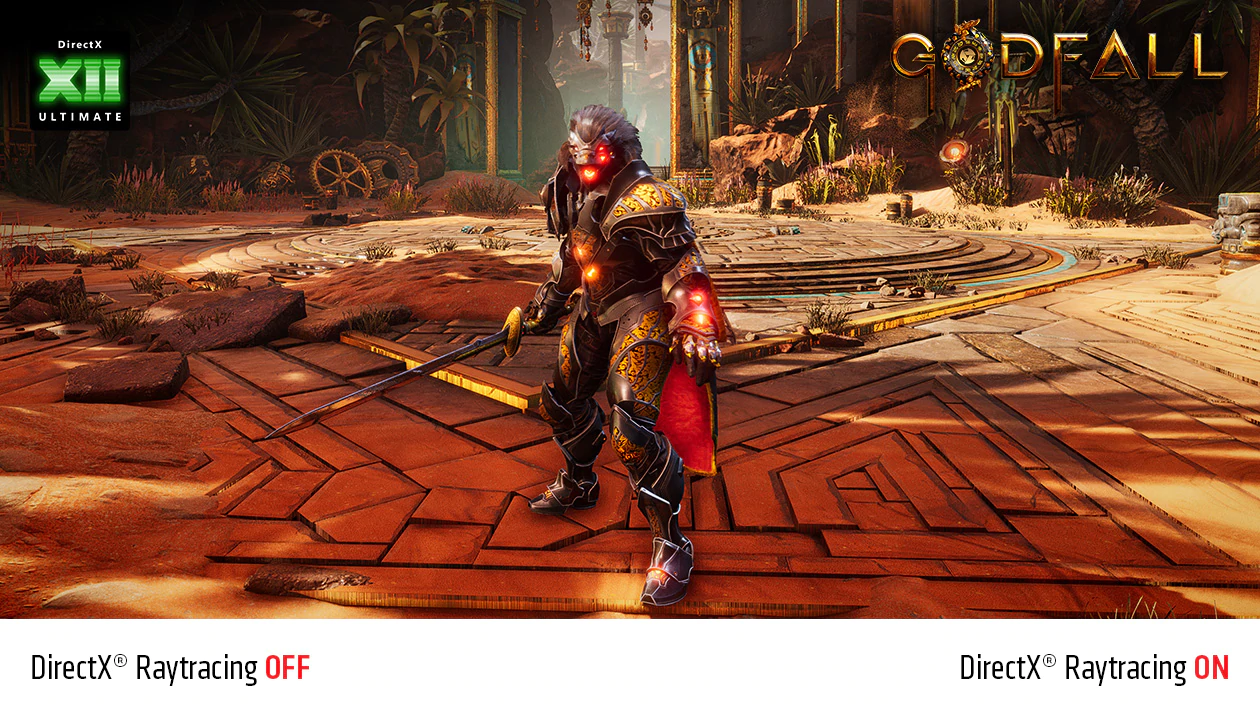DirectX 12 download for Windows 7 8 10 11 PC. This file can be installed on 32-Bit and 64-Bit PC. Files are stored on a secure server and can be easily downloaded.
DirectX 12 Explained!
Microsoft DirectX 12 (DX12) is a set of technologies meant to give Windows-based computers a great platform for running and presenting software that is heavy on multimedia features including high-resolution visuals, moving pictures, and immersive sound design. Applications can take advantage of DirectX 11’s enhanced security and performance capabilities, as well as its numerous new features across all technologies, by utilizing the DirectX Application Programming Interfaces (APIs).


DirectX 12 is like a magic kit for video game creators that helps them make games look and run better on your computer. Imagine your computer is a big, busy city, and the game is a music festival happening in the center of it. DirectX 12 is like a super-efficient traffic control system that helps everyone get to the festival quickly and safely, without getting stuck in traffic jams.
In more technical terms, DirectX 12 allows games to talk directly to your computer’s video card (the part that makes the game look good) and its processor (the brain that runs the game). This direct communication means games can use your computer’s hardware more efficiently, making everything run smoother and look better, without needing a super powerful computer. It’s like making sure every musician at the festival can play without any delays or sound issues, ensuring everyone has a great time.
Key Features of DirectX 12
One of the key features of DirectX 12 is its ability to reduce CPU overhead. In previous versions of DirectX, much of the CPU time was spent on handling draw calls and other API-related tasks. DirectX 12, however, reduces this overhead by allowing developers to handle these tasks themselves. This means that the CPU can focus on other tasks, such as AI and physics calculations, which can improve the overall performance of the game or application.
DirectX 12 also features improved support for multi-GPU configurations. With previous versions of DirectX, developers had to rely on SLI or Crossfire technology to use multiple GPUs in a system. However, with DirectX 12’s Explicit Multiadapter rendering model, developers can use multiple GPUs without the need for SLI or Crossfire. This can result in significant performance improvements, especially in applications that are highly dependent on GPU performance.
Another major improvement in DirectX 12 is its support for asynchronous computing. This feature allows the CPU and GPU to work on different tasks simultaneously, which can improve overall performance. For example, in a game with complex lighting and shadows, the CPU can work on calculating the shadows while the GPU is rendering the scene. This can result in a smoother gaming experience with fewer stutters or frame drops.
DirectX 12 also features improved support for virtual reality (VR) and augmented reality (AR) applications. VR and AR require high frame rates and low latency to provide a smooth and immersive experience. DirectX 12’s improved performance and reduced CPU overhead make it an ideal choice for developing VR and AR applications.
In addition to these features, DirectX 12 also includes support for new rendering techniques, such as voxel-based global illumination and tiled resources. Voxel-based global illumination is a technique that allows for more realistic lighting in games, while tiled resources allow for more efficient use of GPU memory.
DirectX 12 represents a significant improvement over its predecessor and has already been adopted by many game developers. Games such as Gears of War 4, Forza Motorsport 7, and Rise of the Tomb Raider have all been developed using DirectX 12. In addition to games, DirectX 12 is also being used in other applications, such as VR and AR.
DirectX 12 Download link
==> Download link
FAQs
1. What is DirectX 12?
DirectX 12 (DX12) is part of Microsoft’s DirectX API collection. It is specifically aimed at providing developers with the tools needed to create games with stunning graphics and visual effects on Windows platforms. DX12 allows for closer-to-metal programming, which enhances graphical performance and efficiency.
2. What are the main benefits of DirectX 12?
- Increased Performance: By allowing more direct control over the GPU, DX12 can reduce driver overhead and increase frame rates.
- Better CPU Utilization: DX12 is designed to spread work more evenly across multi-core CPUs, improving game performance on a wide range of computer hardware.
- Advanced Graphics Features: DX12 supports advanced graphics techniques such as ray tracing for more realistic lighting, shadows, and reflections.
3. Do I need DirectX 12 for gaming?
While not every game requires DirectX 12, games designed to take advantage of DX12 features may offer better performance and visual quality on systems that support it. It’s becoming increasingly important for newer, high-end games that push the limits of what’s graphically possible.
4. How can I install DirectX 12?
DirectX 12 is included with Windows 10 and Windows 11 and cannot be installed or uninstalled manually. It’s part of the operating system and gets updated through Windows Update.
5. Can DirectX 12 improve the performance of old games?
DirectX 12 itself doesn’t automatically improve the performance of old games. Games need to be specifically designed to take advantage of DX12’s features. However, some games can see performance improvements if they receive updates or patches that add DX12 support.
6. Is DirectX 12 available on Windows 7 or 8?
Initially, DirectX 12 was exclusive to Windows 10 (and later Windows 11). However, Microsoft did bring limited support for DX12 to Windows 7 for a select few games. Windows 8 does not support DirectX 12.
7. How do I know if my hardware supports DirectX 12?
You can check your DirectX version by pressing Windows Key + R, typing “dxdiag” into the Run dialog, and pressing Enter. The DirectX Diagnostic Tool will open and display your DirectX version. Note that your graphics card also needs to support DirectX 12 to use its features.
8. What’s the difference between DirectX 12 and DirectX 11?
The main difference is that DirectX 12 offers lower-level access to hardware resources, allowing for better performance and more efficient multi-threading capabilities. DirectX 11, while still powerful, relies more on the driver for hardware abstraction and doesn’t provide as fine-grained control over the GPU.
9. Can DirectX 12 be used for non-gaming applications?
Yes, while DirectX 12 is primarily designed for gaming, its efficiency and low-level access to hardware make it suitable for developing other types of applications that require high-performance graphics rendering, such as CAD software or graphical simulations.
10. What is DirectX Raytracing?
DirectX Raytracing (DXR) is a feature of DirectX 12 that allows for real-time ray tracing, a technique that simulates the physical behavior of light to achieve realistic lighting effects in games and other visual applications. DXR requires both software and hardware support to function.
Featured DirectX 12 games:
DirectX 12 (DX12) has been adopted by many game developers to take advantage of its improved performance and graphical capabilities. Here’s a list of notable games that utilize DirectX 12, showcasing enhanced graphics, better frame rates, and more efficient CPU/GPU usage:
1. Forza Horizon 4
Developed by Playground Games, it’s a highly acclaimed racing game known for its stunning open-world environments and realistic graphics.
2. Gears 5
The latest entry in the Gears of War series by The Coalition, Gears 5 benefits significantly from DX12, offering enhanced visual effects, improved performance, and reduced loading times.
3. Shadow of the Tomb Raider
Developed by Eidos-Montréal, this game is part of the Tomb Raider series and uses DX12 to deliver detailed environments and complex lighting effects.
4. Hitman 2
IO Interactive’s stealth game features expansive levels and detailed crowd simulations, with DX12 enhancing its performance and visual fidelity.
5. Battlefield V
DICE’s first-person shooter set in World War II uses DX12 to enhance its detailed environments, realistic explosions, and complex particle effects.
6. Metro Exodus
4A Games’ post-apocalyptic first-person shooter offers stunning visual detail and ray-traced lighting effects, greatly benefiting from DX12’s capabilities.
7. Assassin’s Creed Valhalla
Ubisoft’s entry into the Assassin’s Creed series takes advantage of DX12 to render its vast open world, detailed character models, and dynamic weather systems.
8. Cyberpunk 2077
CD Projekt Red’s highly anticipated RPG uses DX12 for its detailed and expansive cityscapes, complex lighting, and numerous NPCs.
9. Halo Infinite
343 Industries’ latest installment in the Halo franchise leverages DX12 to deliver vast environments, detailed textures, and smooth gameplay performance.
10. Control
Remedy Entertainment’s action-adventure game uses DX12, particularly benefiting from ray tracing for realistic lighting, reflections, and shadow effects.
11. Resident Evil Village
Capcom’s survival horror game uses DX12 to enhance its atmospheric environments, detailed character models, and horror effects.
These games represent a fraction of what’s available and possible with DirectX 12. The API’s adoption continues to grow as developers seek to push the boundaries of what’s visually and technically possible in video games. If you’re interested in experiencing the full capabilities of DX12, ensure your system meets the hardware requirements for these titles, particularly having a DX12-compatible graphics card and running Windows 10 or Windows 11.
